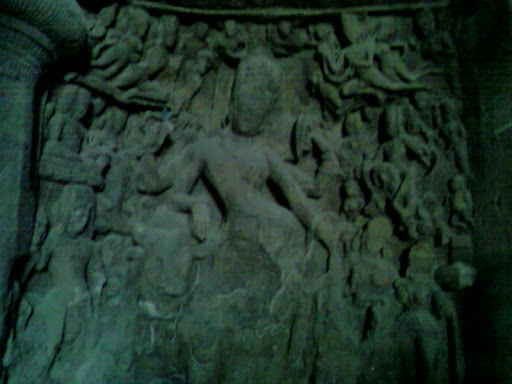
30 minutes ago, leave has been approved. Now the real planning can begin.
Step One - Get fit.
Not that this was anything new, but the real, tangible, fixed goal is there. A date by when:
- I need to be able to walk 5 hours on an incline carrying 10 kg without gasping, and
- The coffin nails get kicked.
Step Two - Stock Up
Draw up the wishlist, wantlist, shopping list. All that you will need for those 15 days. Where and when to buy.
Step Three - Register.
Book your place before it gets sold out. This will disappear likie hot cakes the closer it gets to the date and other leaves get approved.
Step Four - Invite.
Once you're in, get your friends in as well. As many confirmations as you can, to cut down the time you'll be spending with strangers.


